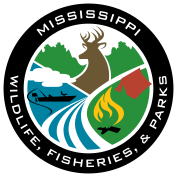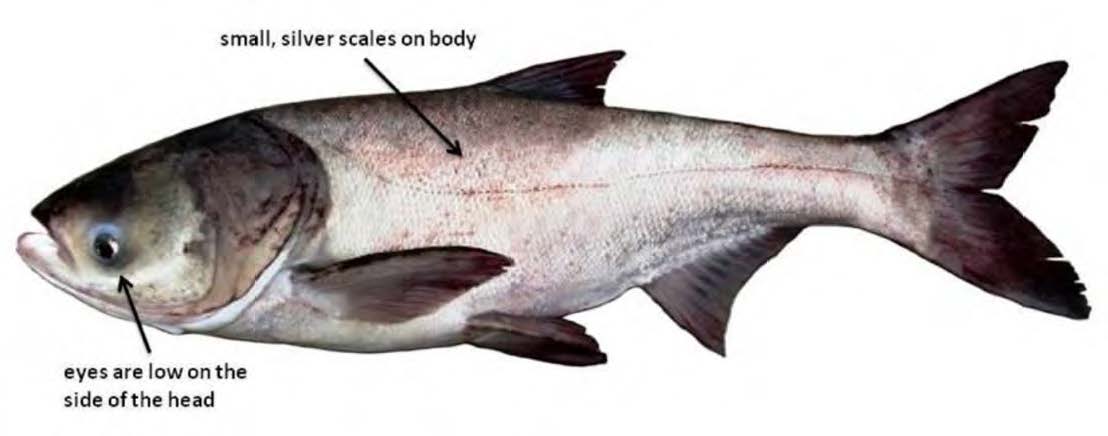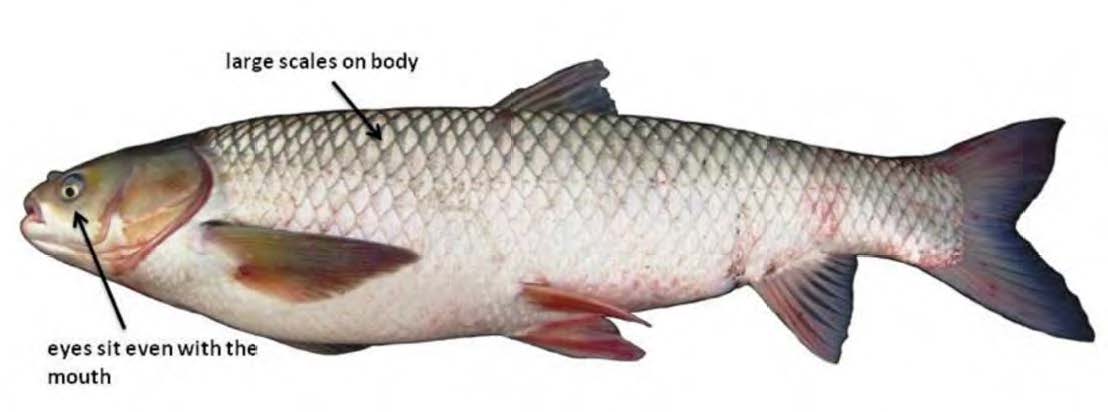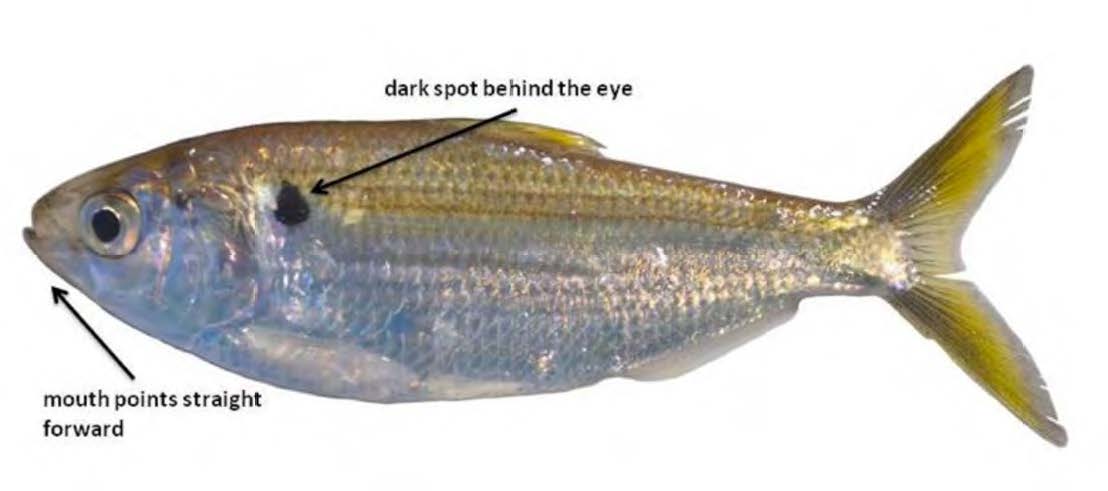
The goal of the Fire on the Forty campaign is to promote the use of prescribed fire on privately owned fields and upland forests through outreach to educate landowners about the proper application of prescribed fire through hands-on workshops and…
Fire on the Forty workshops provide an opportunity for landowners to learn about prescribed fire in a classroom setting, followed by a field exercise where landowners are given the opportunity to participate in an actual prescribed burn, weather…
Webpage
More than 25 landowners and natural resource professionals gathered at the Charles Ray Nix Wildlife Management Area near Sardis, Mississippi to participate in an Introduction to Prescribed Fire Workshop.
Gain access to web email, xNet, and website administration.
News
Last Saturday, April 13, 42 artists from around Mississippi gathered for the En Plein Air Painting Competition at Flowood Nature Park to compete for a chance to win cash prizes and publication in Mississippi Outdoors Magazine.
News
Due to recent storm damage and extensive flooding, LeFleur’s Bluff State Park and Hugh White State Park campgrounds will be closed until Monday, April 22, 2024.
News
In this episode of the Mississippi Outdoors Podcast, we sit down with Larry Pugh, Executive Deputy Director at MDWFP.
Contact
Get tried and true tips and tricks to make growing food in your home easy again when you join us on May 7 for the return of our "First Tuesday Lecture Series"!
Want to learn about shark biology or how shrimp are caught? Curious about Mississippi’s marine fishes? Then this is the event for you!
Join us for a fun, paint-filled afternoon, for children ages 3-8, in the Museum's large classroom!
Enjoy a fun-filled day full of indoor and outdoor activities that will be accessible for everyone!
Webpage
How many times have you heard “once a spike, always a spike?” Or that there are blue deer in Mississippi?
To help identify your catch, MDWFP provides this fish identification guide to 39 common species.




Rules & Regulations
